|
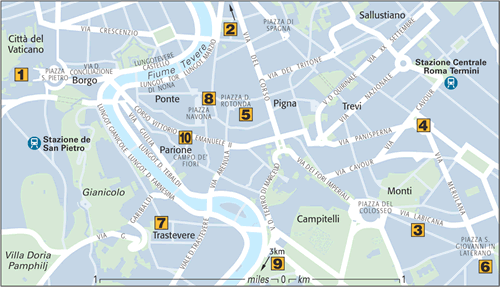
St Peter’s Basilica Should
the opportunity arise, don’t miss seeing the basilica’s cavernous
interior when all the lights are on – only then can you fully appreciate
this giant jewel-box of colour .
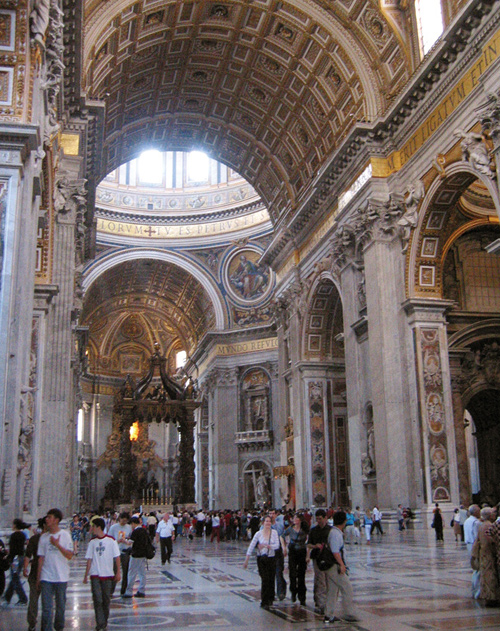
Santa Maria del Popolo Legend
recounts that on this spot, where a magnificent oak grew, Nero died and
was buried. The site was thought cursed, but in 1099, in a vision, the
Virgin told Pope Paschal II to fell the oak, dig up the evil emperor’s
bones and build a chapel .
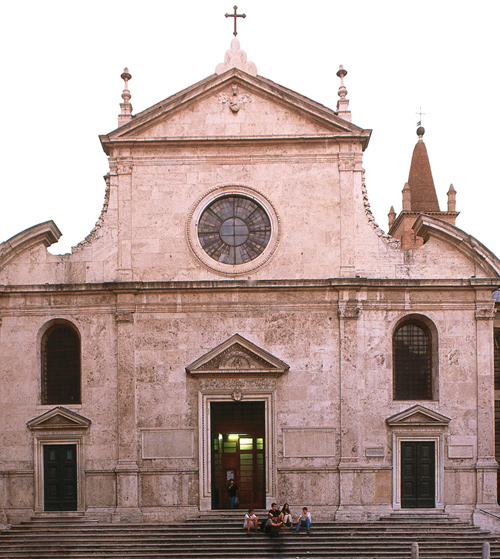
San Clemente This modest yet compelling church provides a concise Roman history lesson in one concentrated location.

Sarcophagus, San Clemente
Santa Maria Maggiore One
of Rome’s greatest basilicas, this richly decorated church dates from
the 5th century, as do its earliest mosaics, full of Byzantine
splendour. The 16th-century Cappella Sistina’s rare marbles were
“quarried”, in typical papal fashion, by destroying an ancient wonder –
the Palatine’s Septizonium, a tower erected by Septimius Severus in AD
203 .

Santa Maria Maggiore
Santa Maria sopra Minerva Raised
over an ancient temple of wisdom, this is Rome’s only Florentine Gothic
church, built around 1280. In the 16th century it was the stronghold of
the Inquisition in Rome. Among its great art is Michelangelo’s Risen Christ,
created nude but now sporting a skewed, gilt-bronze loincloth. The body
of St Catherine of Siena, who convinced the papacy to return from
France in 1377, reclines under the altar .
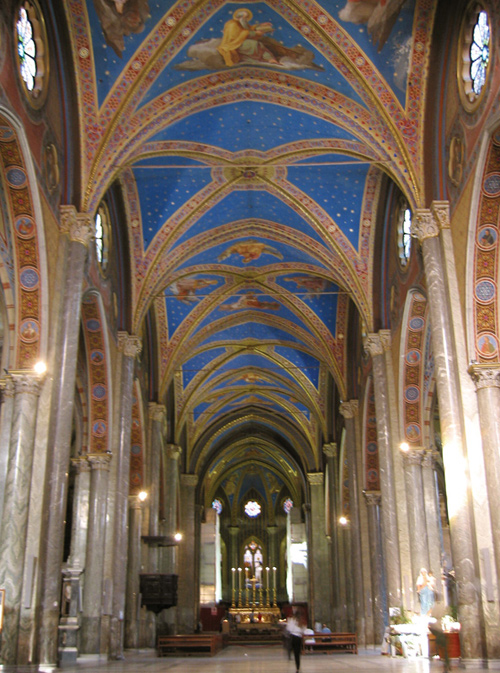
Santa Maria sopra Minerva
San Giovanni in Laterano The
“Mother of All Churches”, the cathedral of Rome’s bishopric was founded
by Constantine in the 4th century. It was the chief papal residence
until 1309, and popes were crowned here up until the 19th century. Its
most recent renovation was ordered in 1650, explaining its present-day
heavy Baroque grandeur, containing mammoth depictions of saints. The
remarkable cloisters are 13th-century Cosmatesque .
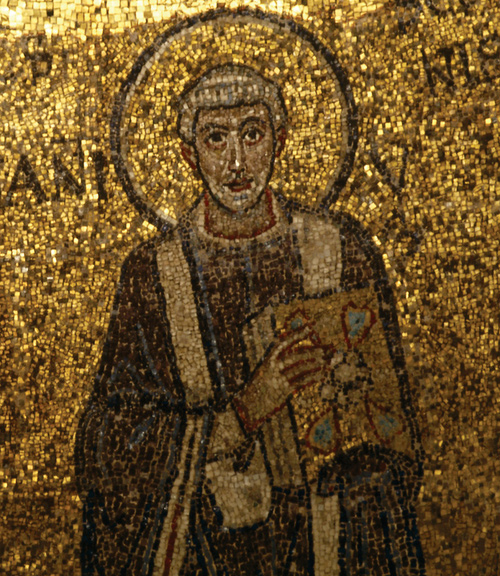
San Giovanni in Laterano
Santa Maria in Trastevere This
is probably Rome’s oldest church and certainly one of the most intimate
and charming. Dating from the time of Pope Calixtus I (AD 217– 222), it
was an early centre of Marian devotion and is Rome’s only medieval
church that has not been transmogrified by either decay or enthusiastic
Baroque renovators. Legend claims it was founded on a spot where olive
oil miraculously sprang forth on the day of Christ’s birth.

San Luigi dei Francesi The
priceless attraction in the national church of France in Italy is
Caravaggio’s famous trio of enormous paintings in the Chapel of St
Matthew . These were his first great religious works. The central oil on canvas, St Matthew and the Angel,
is the second version. The first was rejected by the church because the
saint was shown with dirty feet – and, some say, because his
relationship with the young angel seemed inappropriately intimate .

San Luigi dei Francesi statue
San Paolo fuori le Mura Despite
its rather soulless 19th-century reconstruction following a fire, the
grandeur of this 4th-century basilica can still impress. Some restored
5th-, 12th- and 13th-century mosaics survive, along with the original
11th-century bronze door and a grand Paschal candlestick. Fortunately,
the cloisters of inlaid double columns (1214), considered the most
beautiful in Rome, escaped the flames .
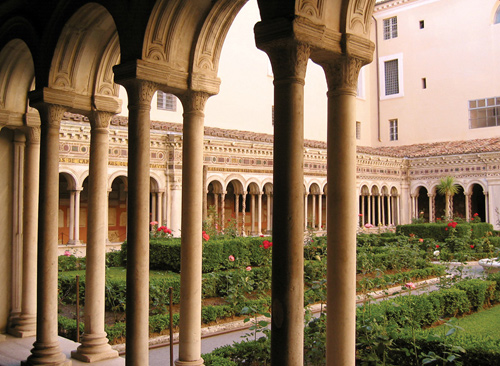
Sant’Andrea della Valle Most visitors seek out this church as the setting of the first act of Puccini’s opera Tosca,
but the Counter-Reformation giant is also important in its own right.
It has the city’s second-largest dome, a flamboyant Baroque façade and
some wonderful frescoes by Domenichino inside .
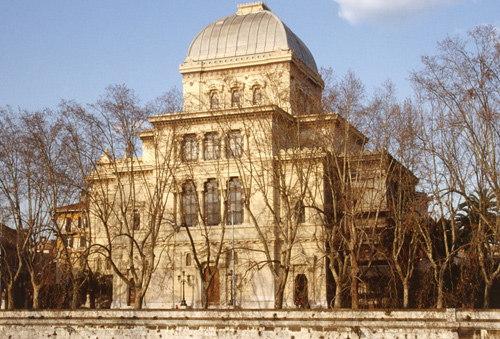
Sant’Andrea della Valle
|